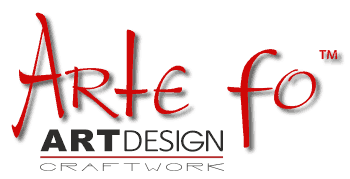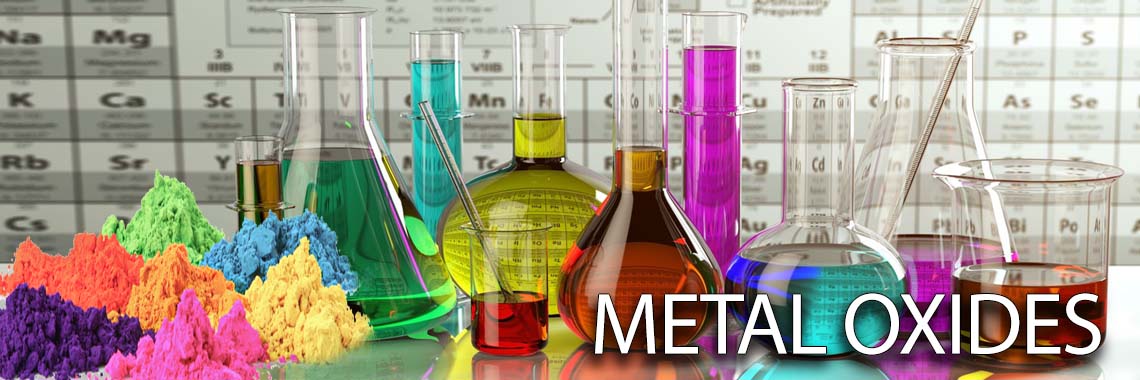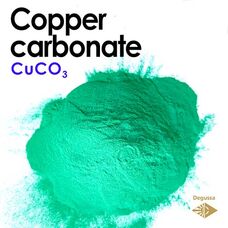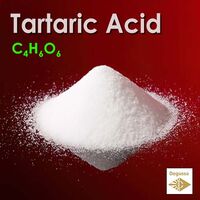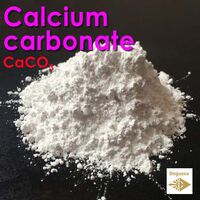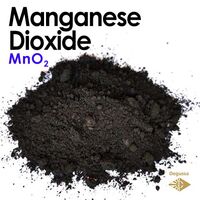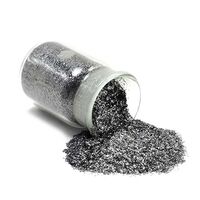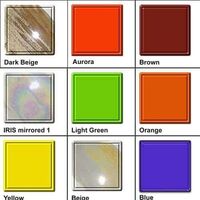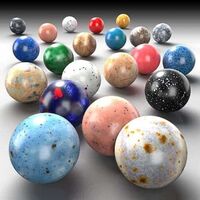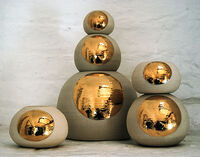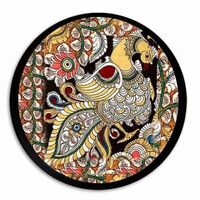What is copper carbonate used for? What is difference between copper carbonate and copper oxide? How do you use oxides in ceramics? What is cupric carbonate used for
CuCO3
Copper Carbonate, also Copper Oxide Green is a water-insoluble Copper source that can easily be converted to other Copper compounds, such as oxide by heating (calcination). Carbonate compounds also give off carbon dioxide when treated with dilute acids. Copper Carbonate is generally immediately available in most volumes. High purity, submicron and nanopowder forms may be considered.
Both malachite and azurite can be found in the verdigris patina that is found on weathered brass, bronze, and copper. The composition of the patina can vary, in a maritime environment depending on the environment a basic chloride may be present, in an urban environment basic sulfates may be present.
This compound is often improperly called (even in chemistry articles) copper carbonate, cupric carbonate, and similar names. The true (neutral) copper(II) carbonate CuCO3 is not known to occur naturally. It is decomposed by water or moisture from the air and was synthesized only in 1973 by high temperature and very high pressures.
All pigments for ceramics are intermixable so why not get creative and experiment by missing your own completely fresh color. During the firing process, the colors fuse extra vigorously creating purity, intensity, and brilliance. The colour of copper carbonate is stronger, therefore, significantly less percentage is needed to create vivid colors making them excessively cost-effective.
How to use Copper Carbonate Colour in the pottery:
Both malachite and azurite, as well as basic copper carbonate have been used as pigments. One example of the use of both azurite and its artificial form blue verditer is the portrait of the family of Balthasar Gerbier by Peter Paul Rubens. The green skirt of Deborah Kip is painted in azurite, smalt, blue verditer (an artificial form of azurite), yellow ochre, lead-tin-yellow and yellow lake. The green color is achieved by mixing blue and yellow pigments.
It has also been used in some types of make-up, like lipstick, although it can also be toxic to humans. It also has been used for many years as an effective algaecide in farm ponds and in aquaculture operations.
Assay: 99,2% trace metals basis
Form: powder
Topological Polar Surface Area: 63.2 Ų
Density: 3.7 - 4.0 g/cm³
Formula Weight: 123,56 g/mol
Synonyms: Copper(II) carbonate, Copper(2+) carbonate, carbonic acid, copper(2+) salt (1:1), Cupric carbonate, Copper monocarbonate; Copper carbonate (1:1)
CUPRIC CARBONATE - Copper(II) Carbonate Ceramic Pigments and Stains Cooper Karbonne
- Brand: Degussa
- Product Code: Oxide - Copper Carbonate - CuCO3
- SKU: CuCO3
- Availability: 1000
-
1.19€
Available Options
Related Products
Tartaric Acid
C4H6O6Tartaric acid is a white, crystalline organic acid that occurs naturally in many fruits, most notably in grapes, b..
0.59€
Calcium carbonate - CaCO3
CaCO3 Calcium carbonate (CaCO3) is a chemical compound composed of calcium, carbon, and oxygen. It is one of the mo..
0.59€
Manganese Dioxide - Advantages of using in Pottery
MnO2 Manganese dioxide (MnO2) is an inorganic compound. It is a black to brown-colored material that occurs n..
0.99€
GRAPHITE - Pure Carbon for Pottery Graphene Oxide (GO) Allotrope of carbon
C Graphene is an allotrope of carbon consisting of a single layer of atoms arranged in a hexagonal lattice nanostru..
1.99€
Tags: oxide
